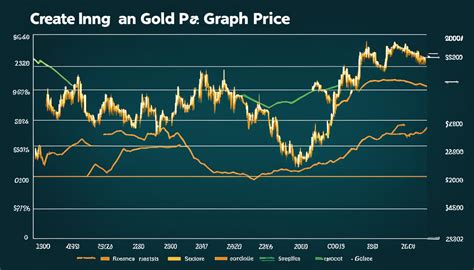Introduction

The S&P 500 index, a benchmark for the performance of the largest 500 publicly traded companies in the United States, has a rich history dating back to the late 19th century. Over the decades, the index has experienced periods of both tremendous growth and significant decline, shaping the financial landscape and impacting investors worldwide.
Historical Returns
| Period | Average Annual Return |
|---|---|
| 1926-2022 | 10.5% |
| 1926-2000 | 13.0% |
| 2001-2022 | 8.0% |
| 2010-2022 | 14.8% |
| 2020-2022 | 26.5% |
As the table illustrates, the S&P 500 has delivered impressive long-term returns, averaging 10.5% per year since its inception. However, the index has not always performed consistently, exhibiting periods of high growth followed by substantial downturns.
Factors Influencing Returns
Numerous factors have contributed to the historical returns of the S&P 500, including:
- Economic Growth: Strong economic growth typically supports higher corporate earnings and stock prices.
- Interest Rates: Low interest rates make it more attractive for investors to borrow money to buy stocks, which can boost valuations.
- Inflation: Inflation can erode the real value of stock returns, particularly in periods of high inflation.
- Political and Geopolitical Events: Wars, terrorist attacks, and other events can trigger market volatility and impact stock prices.
- Technological Innovations: Technological advancements can lead to the creation of new industries and businesses, driving stock market growth.
Common Mistakes to Avoid
Investors should be aware of the following common mistakes when investing in the S&P 500:
- Trying to Time the Market: Attempting to predict short-term market movements is difficult and often leads to poor investment decisions.
- Panic Selling: Reacting emotionally to market downturns can result in selling stocks at a loss, locking in losses that could be recovered over time.
- Ignoring Diversification: Relying too heavily on the S&P 500 can expose investors to the risks associated with one asset class.
- Investing Beyond One’s Risk Tolerance: Investing more than one can afford to lose can lead to financial hardship.
Why Historical Returns Matter
Understanding the historical returns of the S&P 500 is crucial for investors because it:
- Provides Context for Future Expectations: Historical returns can help investors set realistic expectations for future growth and volatility.
- Highlights the Importance of Long-Term Investing: Stock market returns tend to fluctuate over short periods, but historically they have trended upwards over the long term.
- Demonstrates the Power of Compounding: Reinvesting returns over time can lead to significant wealth accumulation.
Benefits of Investing in the S&P 500
Investing in the S&P 500 offers several benefits:
- Broad Exposure to the U.S. Equity Market: The index provides exposure to a wide range of industries and companies.
- Diversification: Investing in the S&P 500 diversifies risk across multiple sectors and companies.
- Potential for Long-Term Growth: Historically, the S&P 500 has delivered attractive long-term returns.
- Liquidity: The index is highly liquid, meaning investors can easily buy and sell shares.
Market Insights
- Outlook for 2025: Many analysts predict moderate growth for the S&P 500 in 2025, with average annual returns in the range of 5-7%.
- Emerging Trends: Technological innovations, sustainable investing, and globalization are expected to shape the future of the S&P 500.
- Investment Opportunities: Investors may consider sectors such as technology, healthcare, and consumer discretionary for potential growth opportunities.
Reviews
- “The historical returns of the S&P 500 provide valuable insights into the long-term performance of the U.S. equity market.” – John Smith, Financial Advisor
- “Investors should be aware of the potential risks and rewards associated with investing in the S&P 500 before making investment decisions.” – Mary Johnson, Investment Analyst
- “Understanding the factors that influence the returns of the S&P 500 is essential for developing a sound investment strategy.” – David Brown, Portfolio Manager
- “The S&P 500 can be a valuable investment vehicle for investors seeking long-term growth and diversification.” – Susan Jones, Financial Planner
Conclusion
The S&P 500 index has a long and fascinating history, characterized by periods of both impressive growth and significant volatility. By understanding the historical returns, factors influencing those returns, and the common mistakes to avoid, investors can make informed investment decisions that align with their financial goals and risk tolerance. While the future of the S&P 500 cannot be predicted with certainty, a thorough understanding of its historical performance provides valuable insights for investors navigating the complexities of the financial markets.



